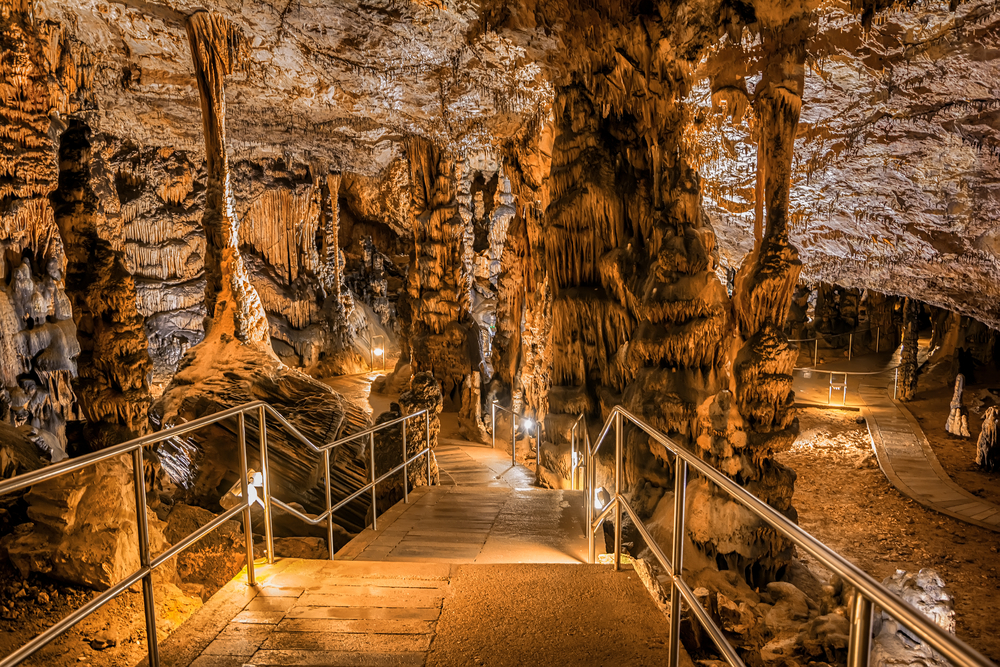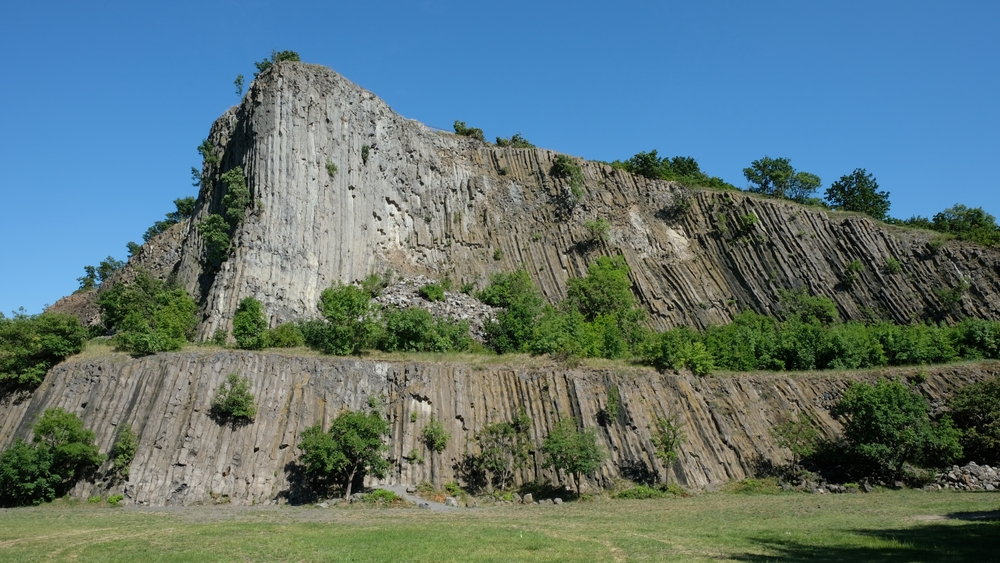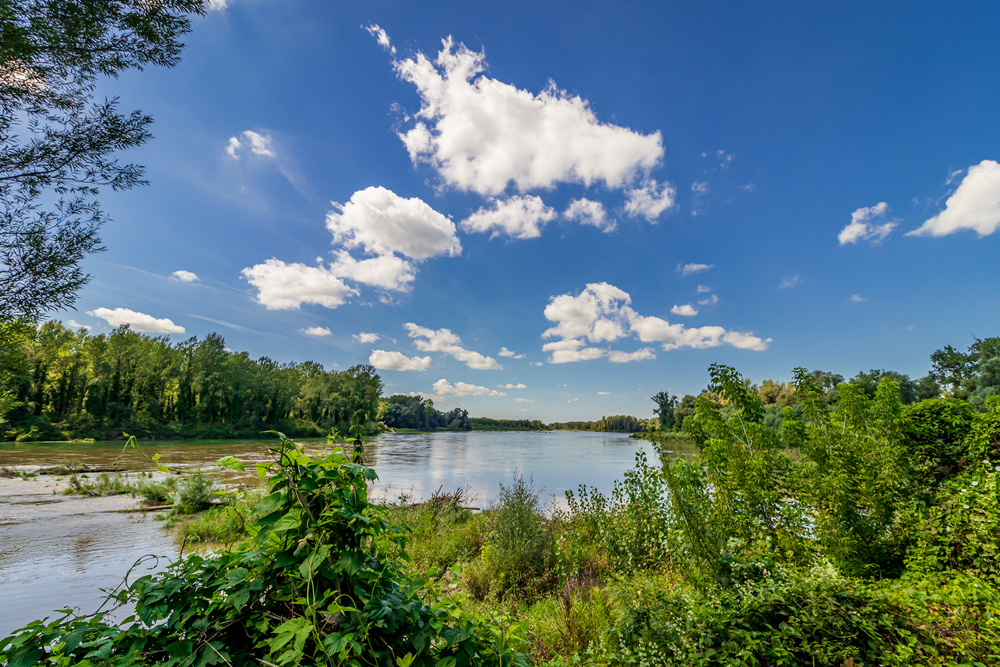Danube-Ipoly Overview
Danube-Ipoly National Park, or Duna-Ipoly Nemzeti Park in Hungarian, is a diverse and ecologically significant protected area in Hungary. Spanning approximately 945 square miles (2,448 square kilometers), the park stretches across the Danube Bend, encompassing parts of the Pilis, Börzsöny, and Visegrád Mountains.
Located in the northwestern part of the country, the park extends from the capital city, Budapest, into more rural and mountainous regions, making it a unique mix of urban accessibility and pristine natural beauty.
The park’s landscape is a combination of lowland floodplains, rolling hills, and rugged mountain terrain. The Danube River flows through the park, creating a dynamic environment that supports rich biodiversity. The Ipoly River, a tributary of the Danube, also plays an important role in shaping the park’s wetlands and riverine ecosystems.
Steep limestone and dolomite cliffs are a notable feature, especially in the Visegrád Mountains, where dramatic rock formations and caves add to the region’s geological diversity. Dense beech and oak forests dominate the hills, while open meadows and marshlands offer a stark contrast.
The Duna-Ipoly area is also home to karst landscapes, featuring caves such as Sátorkőpusztai Cave, which is a popular site for those interested in speleology.
The park hosts a rich array of wildlife, with several rare and protected species thriving within its boundaries. Large mammals such as red deer, roe deer, wild boar, and Eurasian lynx roam the forests, while smaller mammals like otters and badgers are commonly spotted along the waterways.
The birdlife in Danube-Ipoly National Park is particularly impressive, with species such as the white-tailed eagle, black stork, peregrine falcon, and Ural owl calling the park home. The floodplains and wetlands provide important nesting grounds for numerous waterfowl, making the park a prime birdwatching destination. Amphibians and reptiles, including the European fire salamander and the Aesculapian snake, also thrive in the park’s diverse habitats.
Visitors to the park are drawn to its breathtaking landscapes and numerous recreational opportunities. The Danube Bend is a favorite destination for hikers, with well-marked trails leading through forests, up to scenic viewpoints, and along the riverbanks. Popular routes include trails in the Börzsöny Mountains, where hikers can climb to Csóványos, the highest peak in the range, offering panoramic views of the surrounding countryside.
Canoeing and kayaking on the Danube and Ipoly rivers provide a different perspective of the park, allowing visitors to glide through lush riverbanks and observe wildlife from the water. The park is also home to historic and cultural sites, such as the ruins of Visegrád Castle, a medieval fortress that overlooks the Danube. Cycling routes, cave tours, and guided nature walks add to the variety of experiences available.
Conservation efforts within Danube-Ipoly National Park focus on preserving its unique ecosystems while balancing sustainable tourism and local economic interests. Habitat restoration projects have been implemented to protect endangered species and maintain biodiversity, particularly in wetland areas that are crucial for bird populations.
Pollution from surrounding urban areas and industrial activities poses a challenge, but ongoing environmental education programs and conservation initiatives aim to mitigate human impact. The park’s management works closely with scientists and conservationists to ensure long-term protection of this natural treasure while fostering environmental awareness among visitors.














































































